Jun 05, 2025
Author:Sam Wonder
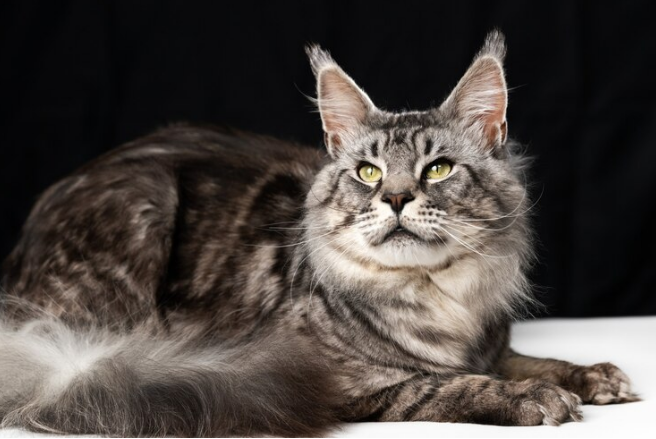
Not every cat is built the same. Some are genetically fragile. Others seem to outlive the furniture. The American Wirehair doesn’t fit neatly into either box.
It’s one of the rarest breeds in the U.S.—but that’s not what makes it special. What grabs attention is how sturdy it is for such a unique genetic mutation. That wiry coat? It’s not a gimmick. It’s a byproduct of resilience.
Still, even the healthiest breeds have their weak spots. And if you're not tracking lifespan trends, early warning signs, or care routines, you're betting blind.
This article pulls together everything you actually need to know about the American Wirehair’s lifespan—no fluff, no filler.
Here’s what we’ll break down:
● How long American Wirehairs typically live (and why that range matters)
● The most common health risks linked to this breed
● How genetics, lifestyle, and diet affect their longevity
● What early aging signs to spot before they spiral
● The role smart pet tech (like WOpet) can play in keeping health routines consistent
Let’s sort the facts from assumptions—before time catches up.
On average, American Wirehair cats live between 14 and 18 years. That’s no accident. This breed has a strong genetic foundation, low rates of hereditary disease, and a body type that favors balance over extremes. No exaggerated bone structures. No flat faces. No long-haired coat that traps moisture and dirt.
The result? A cat built for quiet longevity.
But the lifespan range matters for more than trivia. It gives you a baseline for setting up a preventive care routine. A healthy 6-year-old American Wirehair isn’t 'middle-aged' in the way most people think. In fact, if properly cared for, many Wirehairs don’t show signs of senior decline until well into their teens.
That extended runway makes every decision—diet, environment, stress levels, hydration—more impactful. Small daily habits stack up over a decade and a half.
Stat check: According to a study published in the Journal of Feline Medicine and Surgery, the average lifespan of U.S. domestic cats is around 12.1 years, with purebreds typically living shorter lives. The American Wirehair, by contrast, consistently exceeds that average in well-documented breed surveys.
Longevity isn’t luck. It’s the outcome of structure, care, and consistency. This is where the real planning begins.
At first glance, the American Wirehair seems like a low-maintenance cat. Hardy. Adaptable. Uncomplicated. But under that wiry coat, a few specific health concerns tend to show up more often than average.
This doesn’t mean the breed is fragile. It means you need to know where the risks lie—so you can keep them under control before they become serious.
Here’s what typically shows up in the vet’s office:
● Hypertrophic Cardiomyopathy (HCM): This heart condition thickens the walls of the heart muscle and reduces efficiency. It’s one of the most common health issues in purebred cats. While not exclusive to American Wirehairs, it can develop silently without early warning signs.
● Obesity-related complications: American Wirehairs are stocky by nature. That can mislead owners into overfeeding or under-exercising. Over time, excess weight raises the risk for arthritis, diabetes, and fatty liver disease.
● Dental disease: Without regular oral care, tartar buildup and gum inflammation are frequent culprits behind appetite loss and chronic pain in older Wirehairs.
● Allergies and skin sensitivity: That unique wire coat isn’t hypoallergenic. In some cats, it traps irritants or reacts poorly to harsh shampoos and environmental allergens.
None of these issues is guaranteed. But all of them are preventable, manageable, or easier to detect—if you know what to watch for.
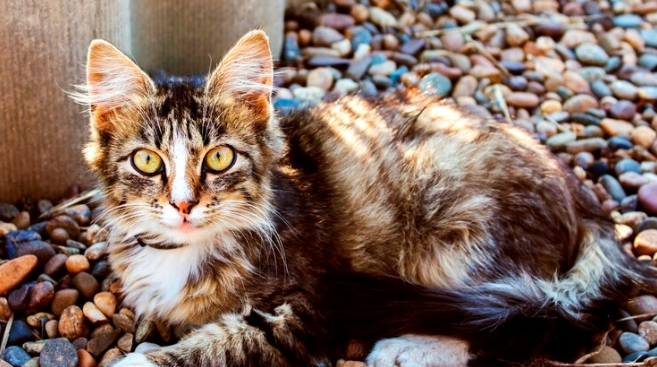
Living longer isn’t luck for the American Wirehair. They don’t roll the genetic dice and hope for the best. Sure, they’ve got a solid foundation—but what really shapes how long they stick around? The everyday stuff.
● What do they eat?
● How much do they move?
● How their day flow?
Those little choices either support their health or slowly chip away at it. And over time, those patterns matter more than you’d think. Here’s how it all plays out:
American Wirehairs are the result of a natural genetic mutation, not selective crossbreeding. That gives them a genetically stable foundation, free from the respiratory or musculoskeletal issues found in engineered flat-faced or long-limbed breeds. But that doesn’t mean they’re immune to inherited vulnerabilities.
The most relevant genetic factor is predisposition to hypertrophic cardiomyopathy (HCM)—a condition that often remains asymptomatic until the later stages. While not considered a breed-wide epidemic, it's present enough in the lineage to warrant annual echocardiograms for early detection. DNA screening can help, but it only rules out known markers, not risk entirely.
What matters more is epigenetic expression—how genes behave under environmental pressures. Nutrition, stress, sleep cycles, and chronic inflammation all influence gene activity. If a Wirehair lives in an environment that’s too sedentary, overstimulating, or nutritionally unbalanced, it can accelerate cellular aging, even in a genetically 'clean' cat.
The takeaway? Genetics gives you potential, but only structured daily care fulfills it.
Lifestyle Shapes the Aging Curve Long Before It Shows
American Wirehairs aren’t high-energy cats, but they’re not passive either. They fall into a moderate activity profile—playful but independent, social but not demanding. That balance makes them easy to live with, but it also puts them at risk for invisible inactivity—long periods of low engagement that gradually reduce mobility, metabolic health, and mental sharpness.
The absence of daily enrichment leads to:
● Muscle atrophy and joint stiffness, especially in older cats
● Cognitive decline, including memory loss, pacing, and disorientation
● Stress buildup, often expressed through grooming compulsions or aggression
To slow these processes, the goal isn’t constant play—it’s scheduled stimulation. Timed feedings through WOpet smart feeders introduce structured activity tied to anticipation and movement. Two-way audio and HD video monitoring offer interaction when you're away, reinforcing presence without overstimulation.
This isn't just convenience. It's preventive behavior design—replacing passive aging with active daily cycles that build long-term resilience.
Diet Impacts Cellular Longevity, Not Just Weight
Feeding isn’t a checkbox task—it’s a regulatory system. Each feeding session influences glucose levels, hormone balance, gut flora, and inflammatory response. Over time, that shapes whether your cat’s organs age gracefully or wear out under nutritional pressure.
American Wirehairs thrive on high-protein, moderate-fat diets with tightly controlled carbs. But knowing the ingredient label isn’t enough. You need to:
● Control portion sizes to prevent adipose buildup
● Maintain feeding intervals to avoid blood sugar spikes
● Support hydration to reduce kidney and urinary tract stress
This is where automated portion scheduling through WOpet becomes more than convenience. It supports biological consistency. No overfeeding, no skipped meals, no inconsistent spikes in caloric intake. Pair that with a WOpet water fountain, and you increase drinking frequency—critical for a breed that may not show thirst until dehydration is already present.
Aging in cats doesn’t arrive overnight. It unfolds in subtle, cumulative shifts—many of which are easy to miss until they harden into chronic conditions. For American Wirehairs, early aging signs often emerge beneath the surface of normal behavior. Spotting them requires pattern recognition, not guesswork.
Here’s what professionals track long before a vet flags a problem.
● Shifts in Activity and Sleep Patterns: American Wirehairs naturally enjoy quiet time, but that doesn’t mean they should slow down abruptly. A reduction in exploratory behavior, hesitation before jumping, or uncharacteristic avoidance of elevated spaces can indicate joint stiffness or early arthritis. Extended napping, especially in new or isolated locations, may also signal energy depletion or a growing discomfort they’re trying to hide.
● Appetite Fluctuations Without External Triggers: Skipping a single meal might not raise alarms. But erratic eating, especially in a cat that previously followed a routine, is one of the earliest signs of gastrointestinal sensitivity, dental pain, or metabolic imbalance. Track portion intake, not just presence at the bowl. Many aging cats appear to 'eat normally' but leave half the food untouched.
● Pay Attention to Coat and Grooming Changes: The American Wirehair’s coat might look tough, but it still reacts to what’s happening inside the body. If it starts looking greasy, dull, or uneven, something could be off. That’s often one of the first signs that their body isn’t absorbing nutrients properly, or that there’s a thyroid issue or mouth pain making grooming uncomfortable. On the flip side, if they suddenly start over-grooming one spot, don’t brush it off as quirky behavior. It can point to joint pain, skin sensitivity, or even low-grade stress creeping in with age. Their coat acts like a mirror—you’ve just got to read what it’s reflecting.
● Subtle Behavioral Adjustments: Look for behavior that doesn't quite match their history:
○ Delayed responses when called
○ Reduced interest in toys or movement
○ New sensitivity to touch, especially along the spine or hips
○ Startle reactions to common sounds or light changes
● Litter Box and Hydration Behavior: An aging cat may start urinating more frequently or outside the box, not as a behavioral issue but as a reaction to renal stress or urinary tract inflammation. Watch for longer stays in the box, repeated visits without results, or dehydration signs like tacky gums and sunken eyes. Subtle? Yes. But these micro-patterns add up fast when overlooked.
Detecting aging is less about watching for 'old cat' behavior and more about flagging when patterns drift off course. The earlier you catch that shift, the more options you have to prevent irreversible decline.
Longevity isn’t random. It’s structured. It’s the outcome of small, daily choices done right—feeding routines, environment control, and early intervention when patterns shift. You’ve now got the knowledge to make those choices with intention, not guesswork.
You know what signs to catch early, what risks matter most, and how lifestyle and nutrition shape more than just comfort—they shape lifespan.
Here’s what that means going forward:
● You’ll recognize the signs of early heart, joint, or cognitive issues—before they turn into long-term damage
● You’ll avoid the silent dangers of overfeeding and inactivity that shorten your cat’s healthy years
● You’ll build a care routine based on structure and rhythm, not last-minute decisions
● You’ll add years, not just to your cat’s life, but to their independence and quality of movement
● You’ll take action based on behavioral patterns, not on symptoms that show up too late
● You’ll keep your Wirehaired’s needs aligned with their age, without making life more complicated
With tools like WOpet’s smart feeders and hydration systems, you’re not guessing your way through pet care. You’re building the kind of structured lifestyle that American Wirehairs quietly thrive under, year after year.
Label:
Popular Post
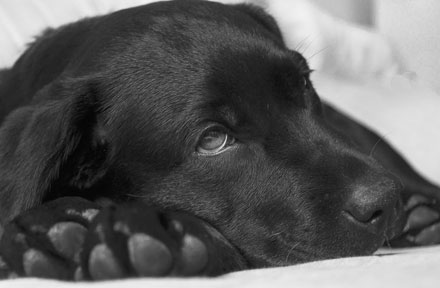
What to Feed a Sick Dog With No Appetite? [2025 Guide]
May 16, 2023
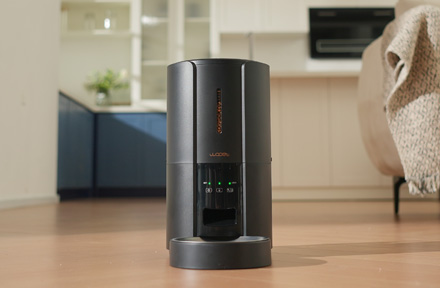
Troubleshooting Common Issues with Automatic Pet Feeders: Tips & Tricks for Pet Owners
Oct 26, 2023
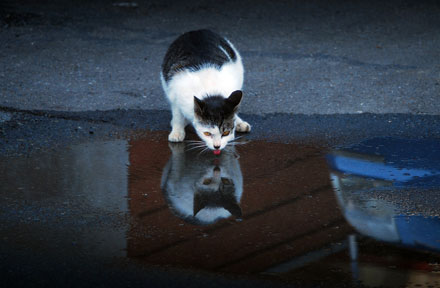
Why Does My Cat Cough After Drinking Water? 8 Potential Reasons
Mar 13, 2023
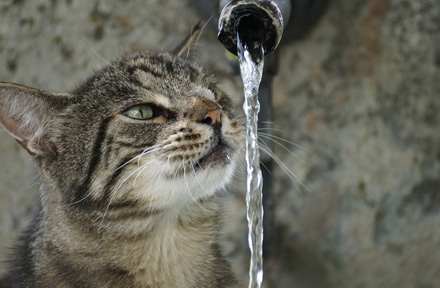
Why is My Cat Throwing up Water? Top 5 Causes Here
Feb 08, 2023
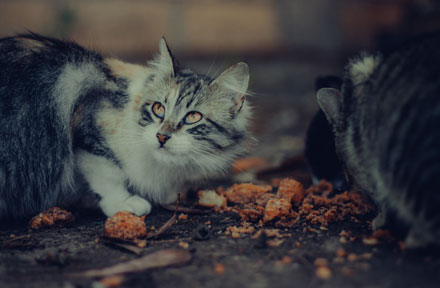
My Cat Only Eats A Little at A Time - What to Do?
Feb 27, 2023
$99.99
$129.99
Copyright © 2025 WOPET. All Rights Reserved.